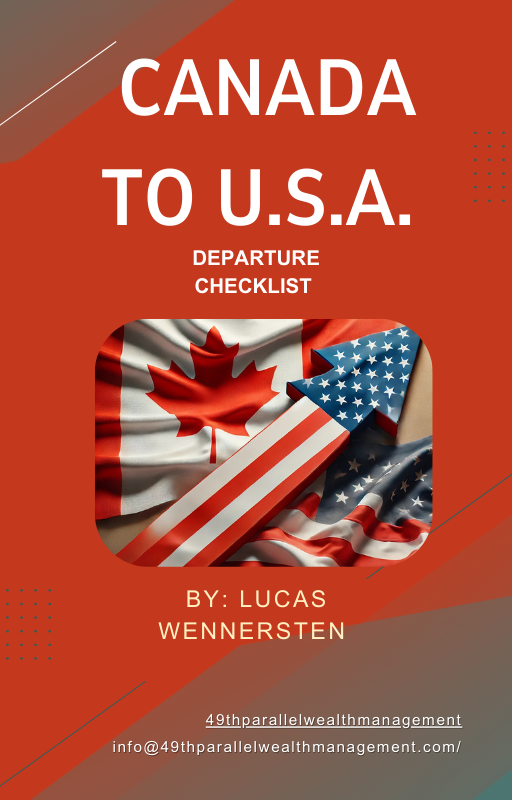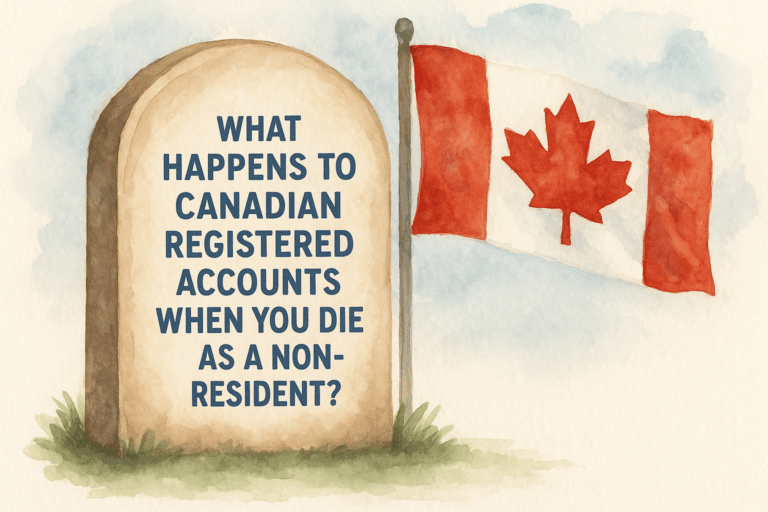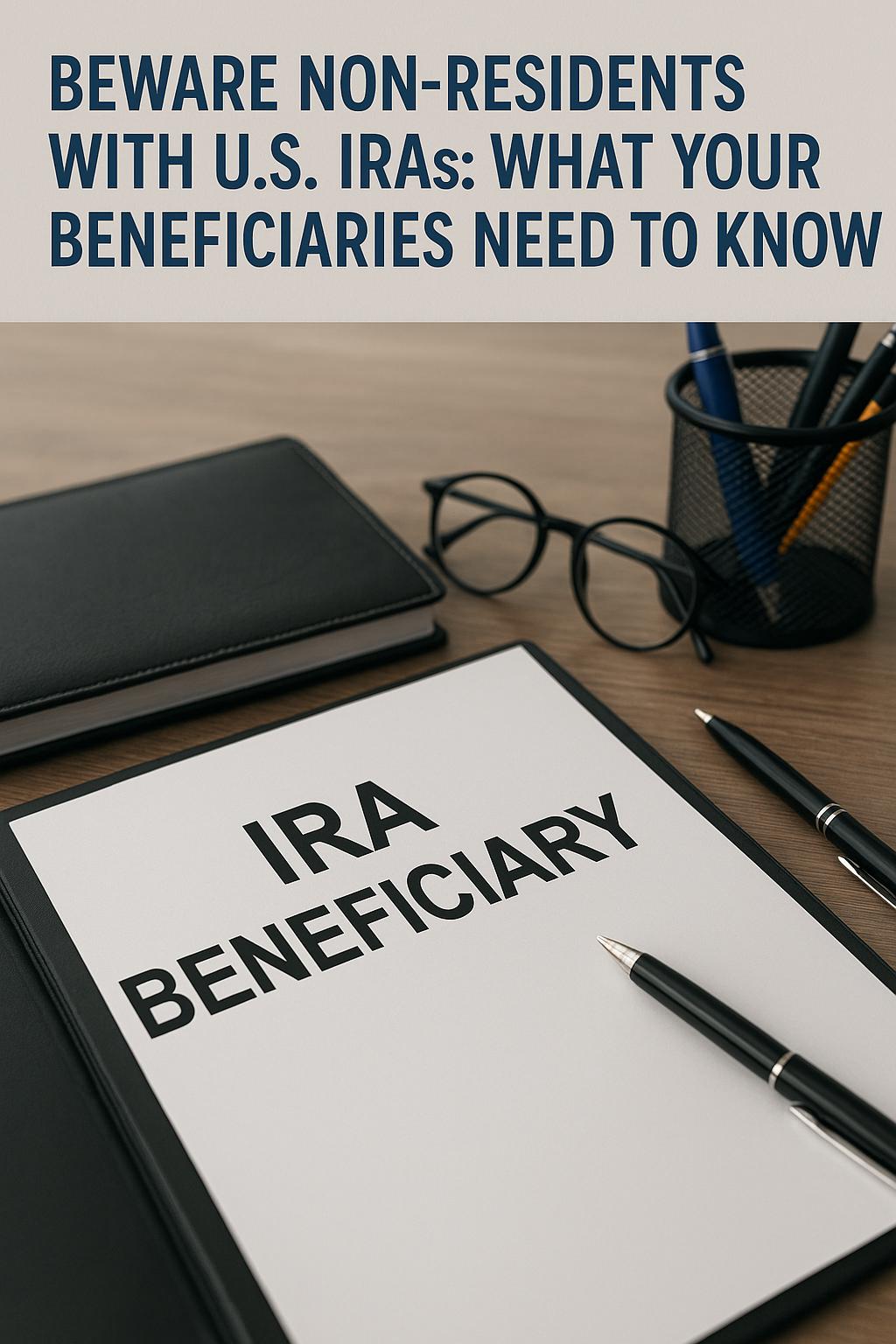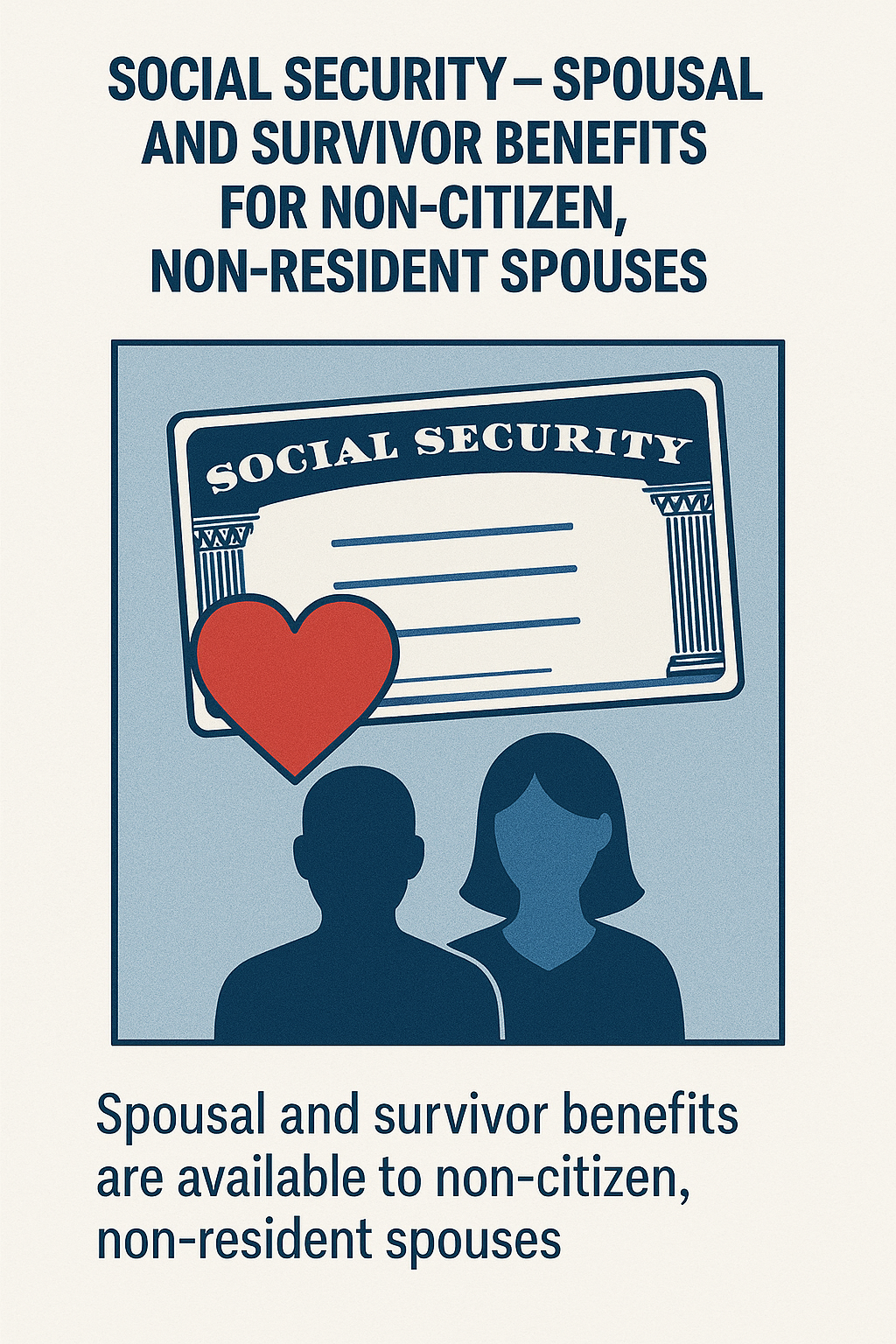Canadian Departure Checklist:
 alt="Canadian Departure Checklist" width="1024" height="1024" />
alt="Canadian Departure Checklist" width="1024" height="1024" />
Click Below for your Free Download!
Canadian Departure Checklist: What You Need to Know Before Moving to the U.S.
Many Canadians move to the U.S. for work, family, or lifestyle changes. Before you make the move, it’s important to understand that financial planning, taxes, and investment rules are very different in the U.S. To avoid surprises and make your move smooth, you need to plan ahead. This Canadian departure checklist will guide you through the key steps you should take before leaving Canada. It will help you prepare your finances, review your investments, and stay compliant with both Canadian and U.S. rules.
1. Notify Financial Institutions
Inform your financial institutions, including banks, brokerage firms, and insurance companies, of your new address and residency status in the U.S. This ensures proper handling of your accounts and avoids any disruptions. Establish new relationships in the U.S.
2. Analyze Income Tax Implications
A key step in your Canadian departure checklist is understanding how your move to the U.S. will affect your taxes. It’s important to work with a qualified cross-border tax expert who can explain how your income, investments, and assets will be taxed in both Canada and the U.S. This will help you avoid penalties and plan smarter.
One important area to consider is the “deemed disposition” tax that may apply when you leave Canada. A tax advisor can help you find ways to reduce this cost and protect your savings.
Moving from Canada to the U.S. takes careful planning. Tax rules, financial systems, and investment laws are very different between the two countries. Small mistakes in timing or paperwork can be expensive. By using a trusted Canadian departure checklist and getting advice from experienced cross-border professionals, you can make a smooth move and build a strong financial future.
- Canadian Exit Tax: File the necessary Canadian tax forms by April 30 following your year of departure. Pay any taxes owed to the Canada Revenue Agency at this time. Make sure to sever your Canadian tax ties to prevent further tax filing obligations in Canada.
- U.S. Tax Filings: File your U.S. tax return by April 15 following your arrival or request an extension. Ensure compliance with foreign account reporting requirements and make sure to include your worldwide income. Federal and state tax laws vary, and each state has different implications for cross-border tax planning. Ensure you understand how your new state’s tax system will impact your financial plan and establish strategies for both pre- and post-relocation tax compliance.
3. Manage Brokerage Accounts
- Canadian Tax Perspective: Non-registered brokerage accounts are “deemed disposed of” upon exiting Canada, meaning their holdings are treated as sold for tax purposes. Capital gains or losses should be reported on your Canadian exit tax return.
- U.S. Tax Perspective: The cost basis of these holdings carries over as a U.S. taxpayer. Consider liquidating certain holdings before your move to eliminate low-basis holdings. Those holdings will be deemed disposed of in Canada so you will be paying capital gains tax on them anyway and selling will not cause any additional tax.
Maintain your Canadian account statements from the year of your move for future U.S. tax filings, and consult a cross-border advisor to manage this transition effectively.
Most Canadian advisors are not licensed or registered to manage accounts for U.S. residents. Likewise, many U.S. advisors lack expertise in managing Canadian dollar-denominated investments. Close non-registered Canadian accounts and transition the proceeds to the U.S., ensuring your new advisor is experienced in both countries.
To Read More Click Below for your FREE Download!
To get your FREE downloadable checklist
 alt="" />
alt="" />




